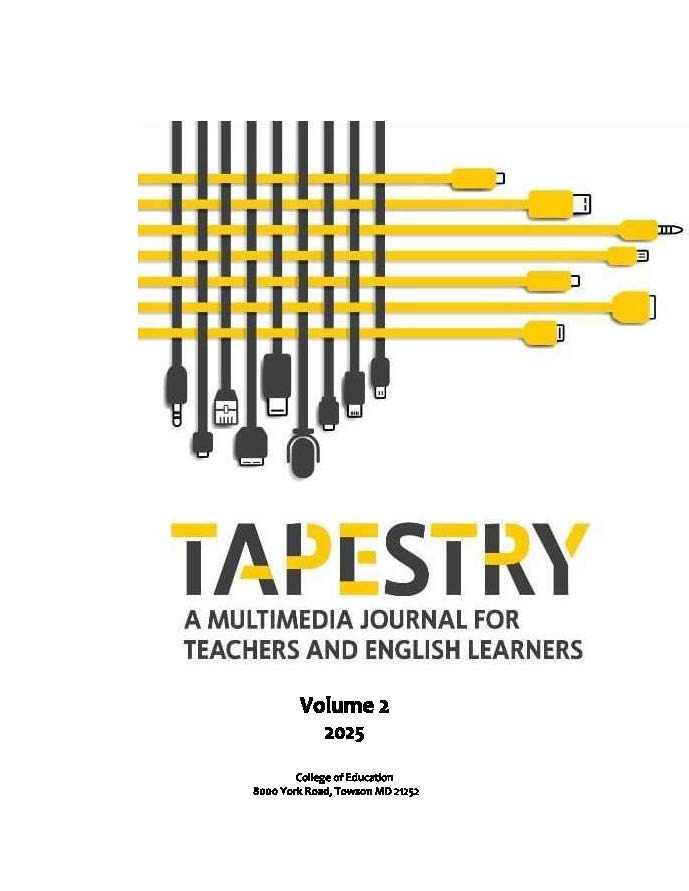Using AI to Create Activities for Vocabulary Practice in Academic English Language Courses
DOI:
https://doi.org/10.59207/tap-tu.v2i.217Keywords:
artificial intelligence, English language instruction, vocabulary instructionAbstract
It is safe to say that artificial intelligence (AI) is on every educator’s mind today. At professional conferences, at the water cooler at work, and on social media, there are conversations everywhere about how AI is impacting education. Though AI itself is not a new phenomenon, it seems that it appeared suddenly when ChatGPT was made available to the public in late November 2022. With this release came easy access to AI and a greater awareness of its capabilities. These developments in turn led to a range of emotions about how AI would disrupt teaching and learning, including in English language teaching (Toncelli & Kostka, 2024).
No matter how we feel about the good, bad, and ugly of AI, it is worth considering its potential for enhancing what we do in our English language classrooms. For instance, preparing for class with materials we already have takes time, but finding new materials that are appropriate to students’ language level and needs can take even longer. I have found that using AI to develop teaching materials has made preparation for class more efficient and more enjoyable, as it has allowed me to explore new ways of teaching the same skills. In this article, I share examples of how I have used AI to create in-class activities in my post-secondary academic English language courses, focusing specifically on three activities for vocabulary.
References
Kostka, I., & Toncelli, R. (2024). Developing in-class speaking activities using AI-generated images. MATSOL Currents, 47(1), 47-51. https://www.matsol.org/assets/Currents/MATSOL_Currents_v47n1_Spring-Summer_2024n.pdf
OpenAI. (2024). DALL-E [Large language model]. https://chat.openai.com/chat.
Toncelli, R., & Kostka, I. (2024). A love-hate relationship: Exploring faculty attitudes towards GenAI and its integration into teaching. International Journal of TESOL Studies, 6(3), 77-94. https://doi.org/10.58304/ijts.20240306
Downloads
Published
Issue
Section
License
Copyright (c) 2025 Ilka Kosta

This work is licensed under a Creative Commons Attribution 4.0 International License.



